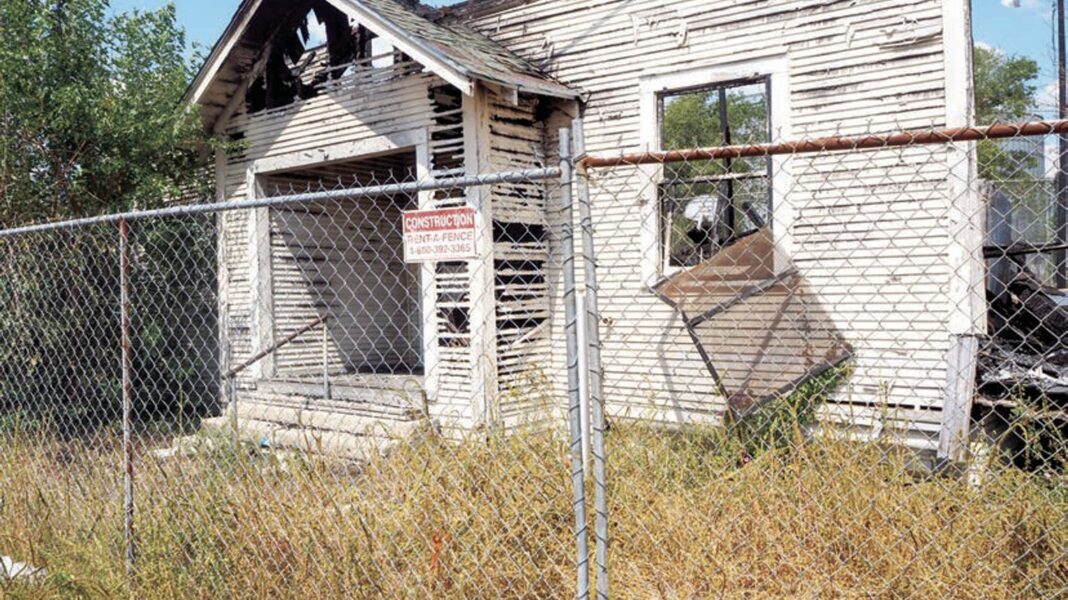Preserving Memories After Tragedy: The Dickey-Givens Community Center Fire
The early morning hours of June 29 marked a devastating chapter in the history of the Dickey-Givens Community Center, a cherished gathering place for generations of African Americans in Taylor, Texas. This historic 85-year-old structure was engulfed in flames, reducing it to charred rubble. For many local residents, especially those who grew up during segregation, the loss is a profound blow, as memories of sock hops, BBQ fundraisers, wedding receptions, and graduation ceremonies are intertwined with this significant landmark.
A Community’s Heartbreak
“I was devastated,” reflected Laverne Caldwell, 74, whose emotions echoed those of many in the community. The center, named in honor of Magnolia P. Dickey and Lessie Givens, represented more than just brick and mortar; it was a pivotal cornerstone of local memory and identity. Caldwell lamented, “It’s like the last of your memories went up in smoke.” Such sentiments are shared by others who view the destruction of the center as part of a continuing saga of loss affecting vital African American landmarks in Taylor.
Investigating the Fire’s Cause
Authorities from Taylor and Hutto fire departments, as well as the Texas Parks and Wildlife Department and the Williamson County fire marshal’s office, have been conducting an investigation into the fire’s cause. While it was determined that the fire was the result of human action, it has not been ruled as intentionally set, leaving the community with lingering uncertainties. City spokesman Daniel Seguin noted that while various hypotheses were explored, only accidental causes and arson have yet to be ruled out.
Historical Significance of the Community Center
The Dickey-Givens Community Center was established in 1940, a result of dedicated fundraising efforts by the Welfare Workers Club, an offshoot of the Black Chamber of Commerce for African American women. Under the leadership of Magnolia Dickey, the club aimed to create a space for public meetings, entertainment, and social gatherings during a time when such venues were scarce. Dr. James L. Dickey emphasized the urgency of this need, stating that African Americans had limited options for public programs outside of churches and schools.
Erasing Cultural Landmarks
Lorraine Hood-Jack, a local resident, conveyed her sorrow by drawing connections between the Community Center and other vanished landmarks tied to African American heritage in Taylor. She lamented the loss of sites like Dr. Dickey’s clinic, where she was born, and the O.L. Price School, both significant spaces that shaped her early life. She voiced concern that the Community Center was one of the last physical reminders of her childhood amidst a wave of historical erasure.
A Safe Haven for Generations
For many, the Community Center offered a safe space for younger generations to engage in wholesome activities. Doris Jefferson, 69, fondly remembered it as a place where parents felt comfortable dropping off their teenagers. From birthday parties to graduation celebrations, the center served as a gathering place that fostered connection and community spirit. Even Corene Tanksley, 77, recounted the lessons learned through activities organized by dedicated volunteers, highlighting the center’s role in instilling values and character in youth.
Memories Carved in Time
For numerous individuals, the Dickey-Givens Community Center was a backdrop for formative experiences. Myra James, 66, remembered her wedding reception held there, while Hannah Hooks, 68, recalled her kindergarten graduation ceremony. Each memory woven into the fabric of the community tells a broader story of resilience and joy against the backdrop of systemic challenges.
Moving Forward: Community Response
The city remains committed to honoring the legacy of the Dickey-Givens building. Spokesman Daniel Seguin remarked on the community’s collective efforts to create a memorial, acknowledging the center’s historical and cultural significance. While rebuilding the structure is not currently anticipated, plans are in motion to explore memorialization options, ensuring that the stories of those who gathered there continue to resonate.
New Beginnings Amidst Loss
Encouragement has been expressed to utilize the new Dickey-Givens Community Center, which opened in 2021 a short distance from the original site. The new facility retains the spirit of the old, catering to community gatherings and functions. Seguin emphasized, “We are lucky that we have another facility that can be used in a similar manner for gatherings, meetings, and to enjoy the space.”
Aspirations for Memorialization
Leslie Hill, current president of the Welfare Workers Club, expressed a desire for community involvement in future decisions regarding the site of the historic center. She envisions either a new building or a park that honors the legacy of the site, drawing inspiration from significant memorials like those honoring Rosa Parks. Supporting voices like that of Amos-McGehee advocate for memorials that reflect dignity and respect for the rich history encapsulated by the Community Center.
As the community grapples with the destruction of a cherished landmark, the collective memories and aspirations for commemoration suggest that the legacy of the Dickey-Givens Community Center will endure, celebrated in spirit even amidst physical loss.



